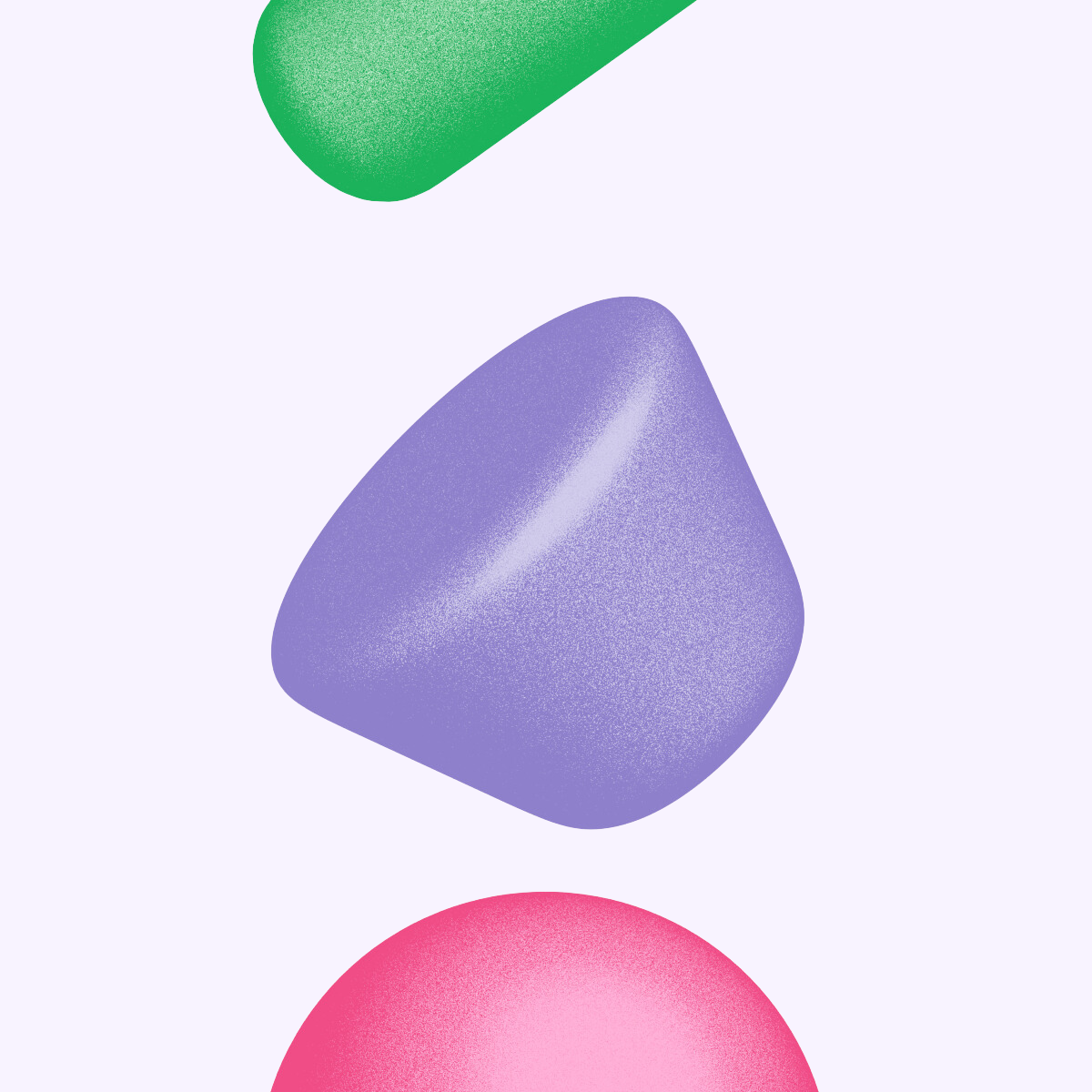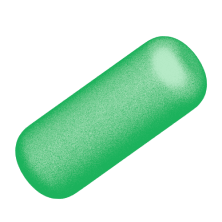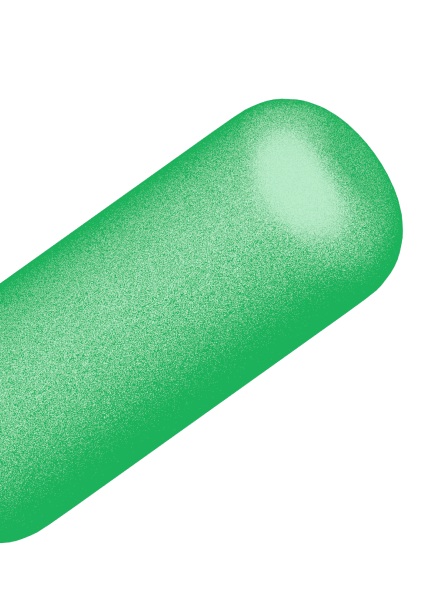How do I measure my brand growth?

- Good brand growth looks different depending on what category you’re in. If you’re in a rapidly growing industry, for example, you may want to see more significant increases than if your product is in the FMCG category.
- Competitive benchmarking is key to understanding context, and will help you see where your brand is strong, weak, and where it can grow.
- Tracksuit keeps it simple by tracking the essentials (marketing funnel and brand perceptions). There are lots of pages that will provide insights in the Tracksuit dashboard, but Timeline is particularly useful for tracking growth over time.
- Discover what good growth looks like with our Brand Benchmarks tool.
So, what does brand growth even look like? We’d love to give you a simple answer to this very complicated question, but good brand growth will vary depending on the category, market maturity and competitive landscape, so it’s hard to prescribe a one-size-fits-all approach.
For example, if you’re in a highly saturated category like FMCG where the competition is fierce and there isn’t much differentiation between the products, keeping a brand top-of-mind can be a significant win.
In other categories that are newer or evolving rapidly (e.g. technology or financial services), good brand growth might look very different. When consumer preferences are still forming, a good level of brand growth may involve significantly increasing brand health metrics.
What brand metrics should I track?
Here’s a list of brand metrics you could be tracking.

Sign up to Shorts
For fortnightly brand insights, stories and goodness that'll help you win (we promise).
Competitive benchmarking
The above metrics are valuable on their own when tracking over a period of time, but you’ll get real value – e.g. context and usefulness – when benchmarked against competitors.
It’s important to understand how your brand stacks up against others in your market and identify the areas you need to improve on (or where you excel).
For example, although knowing your awareness is helpful to understand how familiar consumers are with it, when this metric is compared to your competitors, it provides more context on where your brand is strong, where it’s weak, and where it can grow.
We understand tracking brand performance is pretty complex and overwhelming, especially if you’re new to it.
So at Tracksuit, we keep it simple.
The metrics Tracksuit tracks
Tracksuit has distilled down brand tracking into the essentials (including competitive benchmarking). We measure the following:
Marketing funnel
The marketing funnel is the core measure of brand health that we monitor over time.
Key funnel metrics we track are awareness, consideration, usage and preference. For non-FMCG brands we also track investigation.
The funnel provides a structured framework for how people move through different stages of their journey with a brand. As people move through the funnel, the likelihood of them purchasing a brand increases.
Why the funnel? Well, it’s easy to visualise and is commonly understood by both marketing and non-marketing stakeholders. This makes it much easier for you to communicate brand performance to a CEO or CFO.
Brand perceptions
We also track brand perceptions and associations to gather deeper insights into the picture people have of a brand in their mind.
‘Brand’ is everything a person thinks about a brand – both positive and negative, factual or emotional. These perceptions can be key drivers of consumer behavior and purchase intent.
For example, a person that associates Brand 1 with quality, reliability and value for money and Brand 2 with expensive and bad customer service is more likely to buy Brand 1 when faced with a purchasing decision.
Marketing campaigns will often aim to build or reinforce particular brand perceptions or associations. It’s therefore important to diagnose how people currently perceive a brand, and see how these perceptions may change over time.

How do I use Tracksuit to measure brand growth?
As you explore your dashboard, you’ll see there’s lots of pages that will provide different insights into your brand. But let’s focus on one of the best ways to measure brand performance over time: Timeline.

The Timeline page shows how a brand and its competitors’ marketing funnel metrics are changing over time.
Helpful features
Demographic filtering (age, region and gender) lets brand builders drill into whether changes in brand health are happening across the board, or whether they’re isolated to specific groups of people. This can help shape strategy for specific target demographics.
Summarize provides an AI-generated summary of a brand’s timeline data. The summary explains key trends and movements in simple terms, and can be copied straight into reports or presentations.
Milestones lets brand builders add brand activity or macro events (e.g. Covid-19) onto their Timeline chart. This overlay helps to show when key brand moments occurred to understand the long-term impacts of activity.








